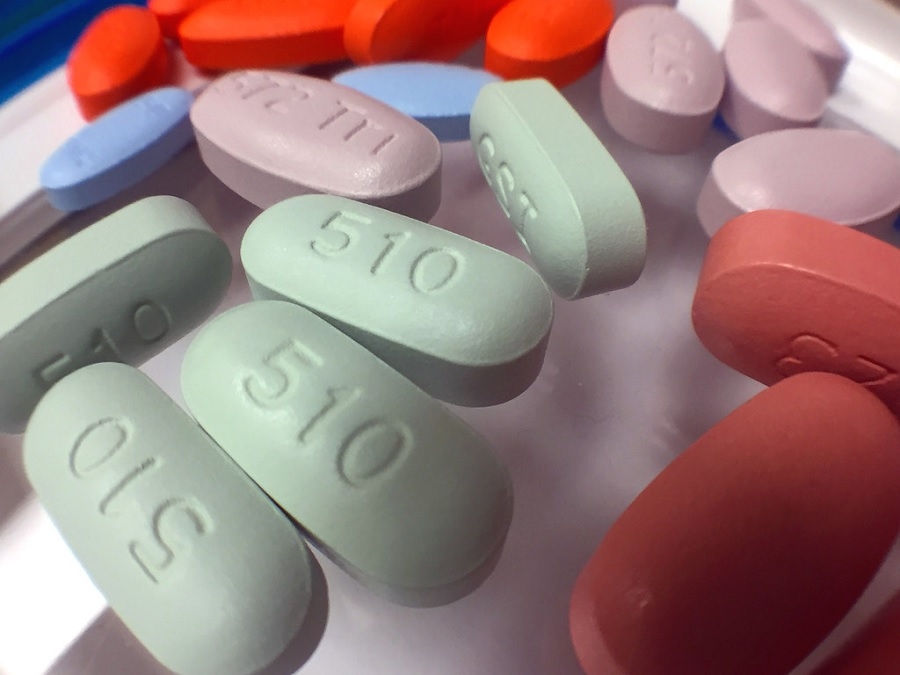There is not a complete cure found yet to eradicate HIV from a patient. But medical science has come a long way in developing other treatment strategies to suppress the virus. So even if it stays dormant in a patient’s body, the people living with HIV now have more chances of carrying on with their lives.
However, scientists’ works continue in the hopes of finding a cure for HIV. Meanwhile, other studies are focusing on having an improved treatment approach in the hopes of suppressing the virus without needing antiretroviral therapy for a lifetime.
HIV treatment: A potential solution to viral suppression without ART is under study
Researchers from the University of Texas Medical Branch at Galveston, Texas have published their study on a protein designed to combat HIV. While it may not completely cure the virus, it has the potential to suppress the virus even after the patient stopped taking ART drugs.
First, it is important to understand that when HIV patients undergo ART treatments, the virus goes into a dormant state. But HIV gets genetically integrated into the patient’s system. This means that stopping ART treatments or resistance from ART drugs would easily reactivate the virus and cause further harm to the patient’s body.
The research, published in The Journal of Clinical Investigation, claims to be the first to identify the BRD4 protein and its qualities that could effectively suppress the virus. “Using structure-guided drug design, we identified a small molecule (ZL0580) that induced epigenetic suppression of HIV via BRD4,” the abstract of the research reads. Researchers have also tested combining ART medication with their drug design of ZL0580 and found that the HIV suppression happened faster. Meanwhile, it also delayed the reactivation of the virus after the suspension of ART.
HIV global statistics: Not everyone has access to ART drugs
For several years now, various institutions and governments have launched campaigns against HIV and AIDS-related deaths. The UNAIDS main focus is ending the epidemic in 2020 through three main strategies: early detection, helping HIV-positive patients get access to ART and making treatments that would lead to viral suppression available to patients.
As of 2018, around 37.9 million globally are living with HIV. UNAIDS reports that 79 percent of that number is aware of their status, but only 62 percent has access to ART treatments. On the bright side, the agency saw a 33 percent decline in AIDS-related deaths since 2010.



 Could a telescope ever see the beginning of time? An astronomer explains
Could a telescope ever see the beginning of time? An astronomer explains  Larger and more frequent solar storms will make for potential disruptions and spectacular auroras on Earth
Larger and more frequent solar storms will make for potential disruptions and spectacular auroras on Earth  Six space missions to look forward to in 2024
Six space missions to look forward to in 2024  Customizing mRNA is easy, and that's what makes it the next frontier for personalized medicine − a molecular biologist explains
Customizing mRNA is easy, and that's what makes it the next frontier for personalized medicine − a molecular biologist explains  Our survey of the sky is uncovering the secrets of how planets are born
Our survey of the sky is uncovering the secrets of how planets are born  What is minoxidil, the anti-balding hair growth treatment? Here’s what the science says
What is minoxidil, the anti-balding hair growth treatment? Here’s what the science says  The brain is the most complicated object in the universe. This is the story of scientists’ quest to decode it – and read people’s minds
The brain is the most complicated object in the universe. This is the story of scientists’ quest to decode it – and read people’s minds  Dark energy is one of the biggest puzzles in science and we're now a step closer to understanding it
Dark energy is one of the biggest puzzles in science and we're now a step closer to understanding it  A Nasa rover has reached a promising place to search for fossilised life on Mars
A Nasa rover has reached a promising place to search for fossilised life on Mars  Why some people don't trust science – and how to change their minds
Why some people don't trust science – and how to change their minds  Alpha, beta, theta: what are brain states and brain waves? And can we control them?
Alpha, beta, theta: what are brain states and brain waves? And can we control them?  Black hole, neutron star or something new? We discovered an object that defies explanation
Black hole, neutron star or something new? We discovered an object that defies explanation  Synthetic human embryos let researchers study early development while sidestepping ethical and logistical hurdles
Synthetic human embryos let researchers study early development while sidestepping ethical and logistical hurdles  Why is the universe ripping itself apart? A new study of exploding stars shows dark energy may be more complicated than we thought
Why is the universe ripping itself apart? A new study of exploding stars shows dark energy may be more complicated than we thought 































